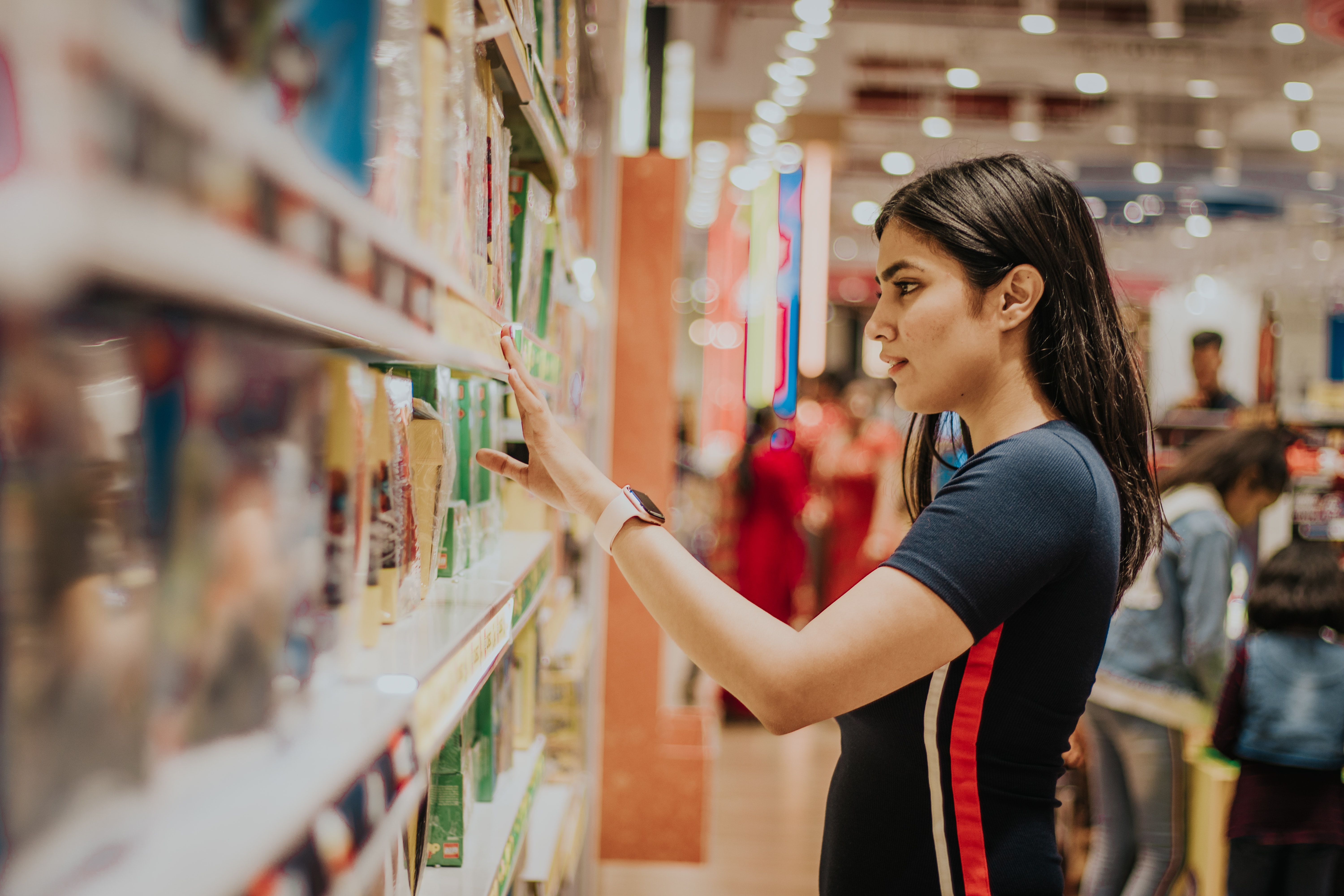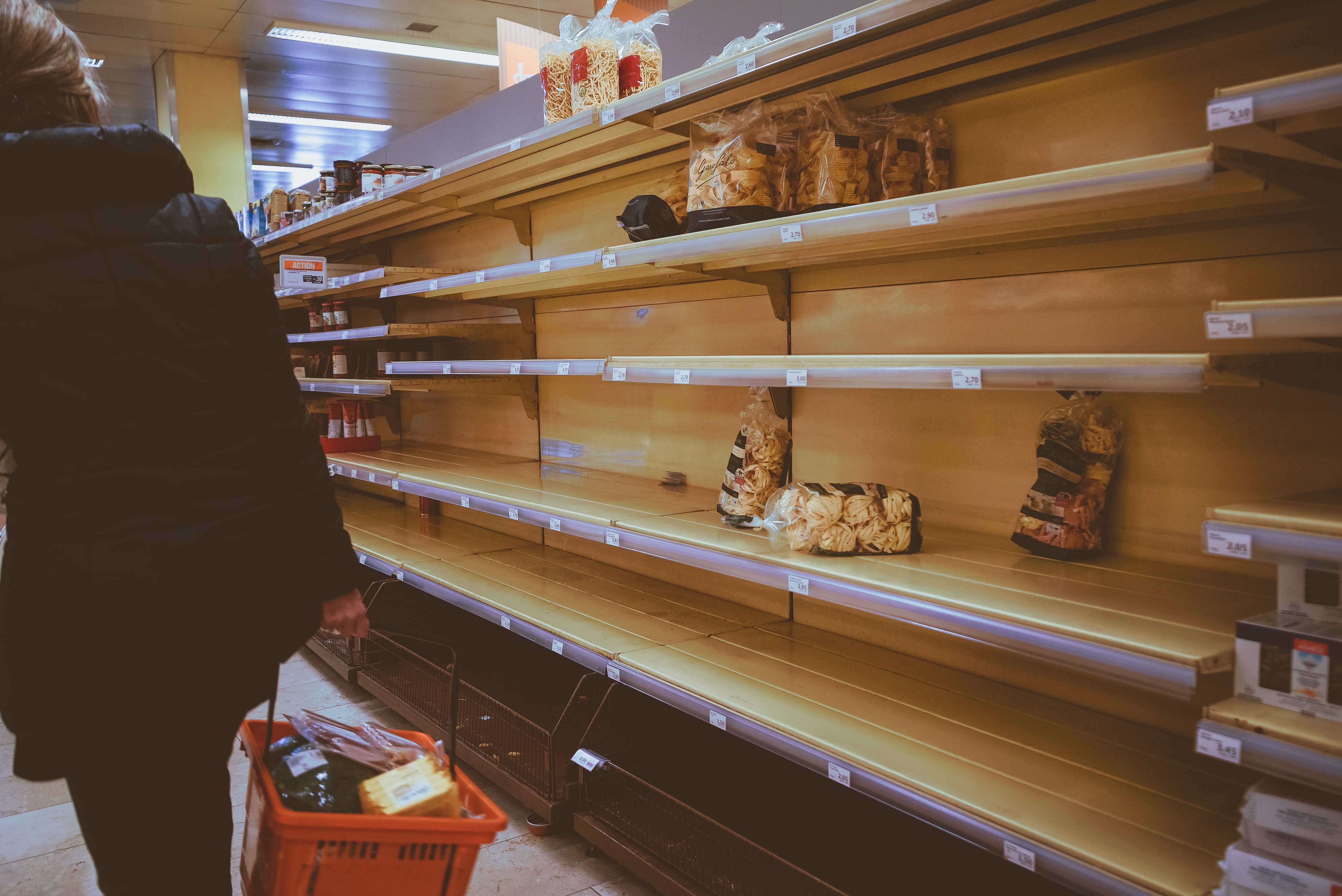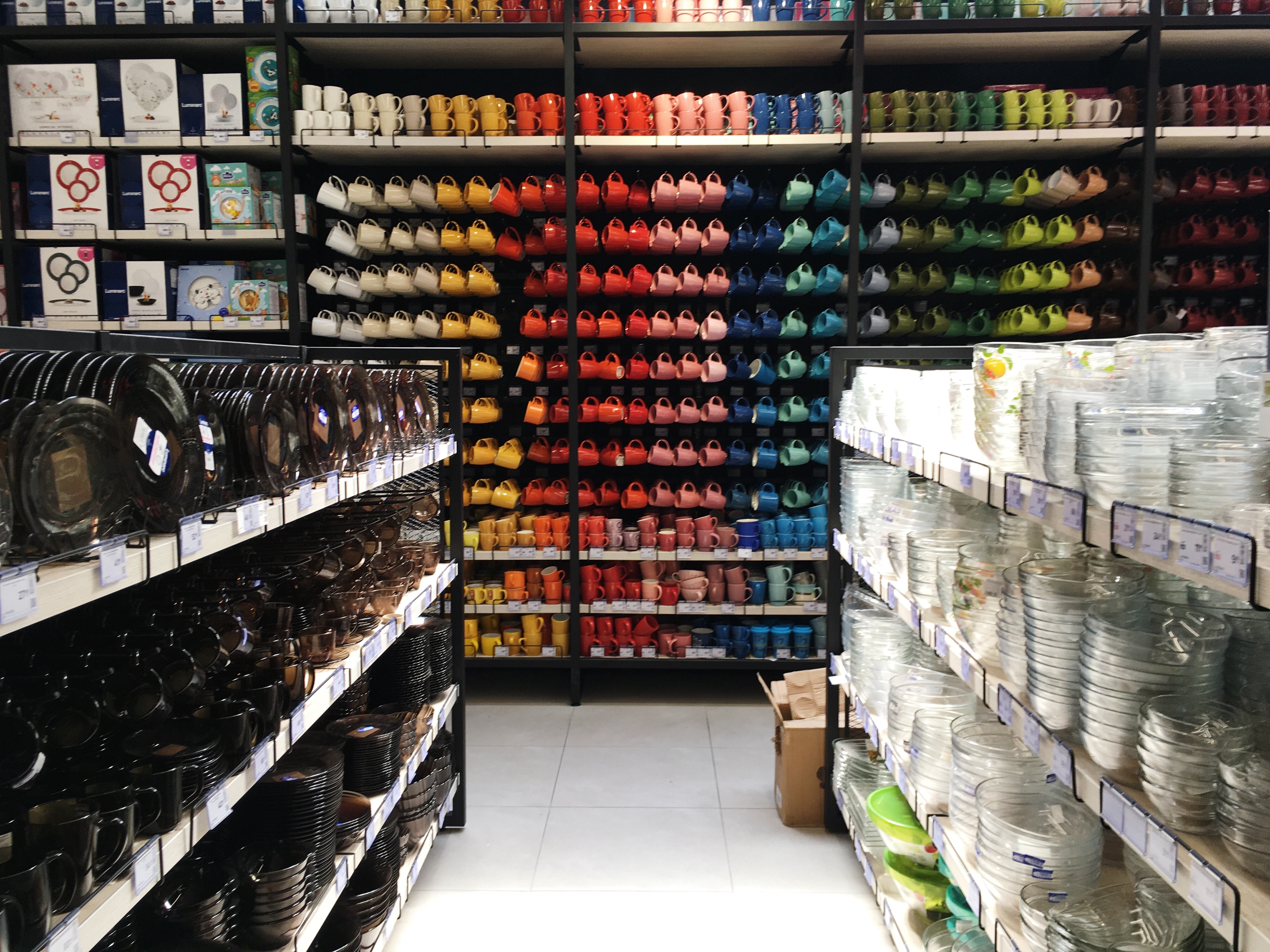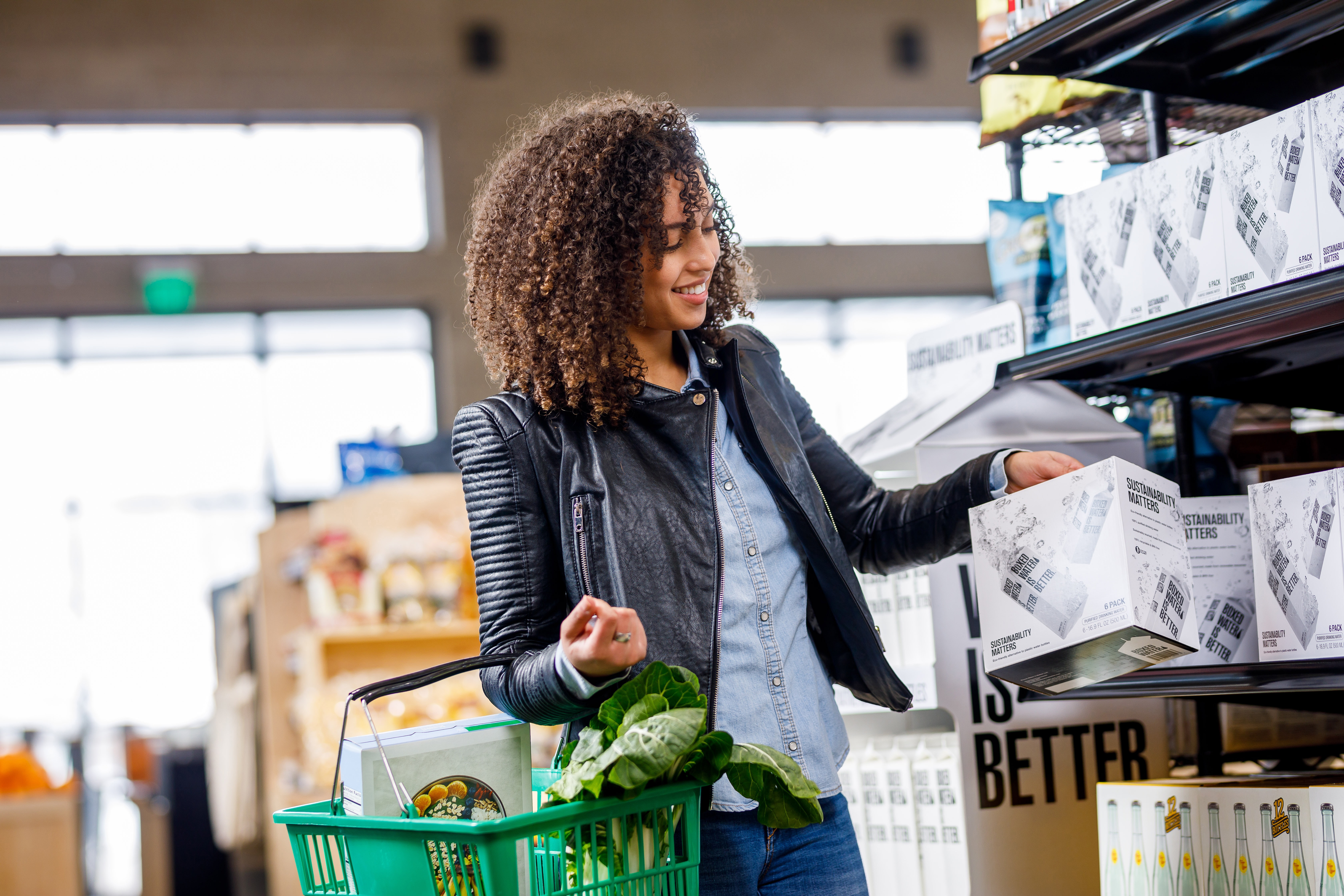
The retail environment has never been more competitive for consumer packaged goods (CPGs). Customers are switching their brand loyalty at record numbers, e-commerce popularity continues to rise and omnichannel features such as curbside pickup and buy-online, pick-up-in-store (BOPIS) are becoming increasingly common.
Amid these emerging shopper trends, the age-old battle of shelf competition continues to rage on among CPGs in traditional brick-and-mortar stores. While it is important for retail brands to stay ahead of the curve on trends like e-commerce and BOPIS, they cannot afford to lose the shelf battle. After all, 39% of consumers still prefer shopping exclusively in-store and 38% prefer a combination of in-store and omnichannel shopping.
That said, it’s time to gear up: we’re going to cover two of the most important retail merchandising strategies for CPGs so you can come out of the shelf battle on top (and in carts).
1. Minimize Out of Stocks (OOS)

No matter how good your product or merchandising strategy is, you can’t win the shelf battle if your product isn’t consistently on the shelf. This seems self-apparent, but it’s a problem many CPGs continue to struggle with. In fact, only 18% of brands have fulfillment accuracy rates of 95% or higher.
When your product isn’t on the shelf, shoppers aren’t going to stroll out of the store with an empty cart—they’re probably going to purchase one of your competitors’ products. By the time your product is back in stock, it may be too late.
Frequent out-of-stocks compromise the brand loyalty that brands work so hard to earn, resulting in lost sales and increased costs associated with customer reacquisition. To make matters worse, numerous costs are associated with the type of reactive restocking needed to quickly resolve OOS, such as rush fees, expedited delivery charges and even unintentional overstocks.
The good news is that OOS (and all its costs) can be minimized—or outright eliminated—with the right retail execution software. To ensure your product is always on the shelf, you need visibility in all retail teams responsible for getting your product to the finish line.
With visibility comes accountability, and with accountability comes seamless retail execution.
2. Set Yourself Apart (Literally)
Now that your inventory is in order, it’s time to focus on merchandising strategies. Due to the finite amount of shelf space, brands must find creative ways to set their products apart from category competitors. The two primary ways of achieving this are:
- Product and packaging design
- Product placement
Product and Packaging Design

When shoppers walk down the aisle, they notice less than 40% of the products in a particular category. For grocery stores specifically, shopper attention is even shorter: a product receives around six-tenths of a second worth of attention, and an entire product category receives around six seconds of total attention before the shopper makes their decision.
With a window of opportunity that short, retail brands must adopt great product and packaging design practices to win customers’ attention. There are many best practices when it comes to design, but what is most important is that your design brings out the best in your brand.
At the end of the day, people buy stories, not products. If shoppers cannot resonate with your brand, they will have little incentive to give you their hard-earned money. Great brands can disrupt or dominate an entire category, especially when their product/packaging design works in tandem.
Product Placement

One of the easiest and most effective ways to set your product apart from the competition is to literally set it apart from the competition. End-of-aisle displays (end caps), stand-alone displays and sampling stations are three proven retail merchandising strategies that can place your product in the customer's spotlight.
There is no definitive data on the effectiveness of these away-from-shelf approaches due to the countless variables in a retail environment; however, we can look to larger consumer trends to understand their value to CPGs.
In the U.S., an unprecedented 75% of shoppers have adjusted their buying behaviors in response to the COVID-19 pandemic. 36% of consumers have tried a new product brand, and 25% have tried a new private-label brand. Of those consumers, 73% intend to continue purchasing these new brands going forward—thanks in large part to the open-mindedness of Gen Z (McKinsey & Company).
These numbers are significant in and of themselves, but the motives behind them are even more insightful. When shoppers were asked why they switched brands, the top two reasons were availability (48%) and convenience (34%), with value, quality and health trailing behind.
We’ve already explained how retail execution software can help you reduce OOS and increase on-shelf availability (OSA), but how can you improve convenience? The answer: end caps and stand-alone displays. When your product sits at the end of the aisle or apart from the aisle, you make it easier for shoppers to reach for your product.
Customer experience is another leading trend among shoppers, and sampling can help you capitalize on it. In fact, sampling is proven to increase in-store sales when done right and can even outperform end cap displays.
The one problem with away-from-shelf merchandising is that it introduces several new factors into your retail strategy. Thankfully, managing these factors has never been easier with ONE by Movista, a platform designed to help retail teams collaborate with each other, execute strategy and win the shelf battle.



